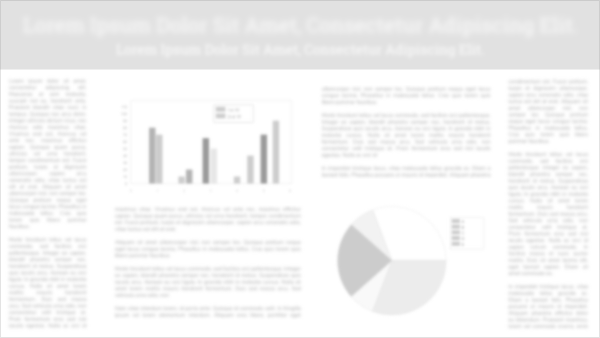Learning from Real-world Interprofessional Communication to Strengthen the Future Workforce
Background:
Healthcare students are entering increasingly complex clinical environments where interprofessional communication is critical to safe, effective, and equitable care. Yet interprofessional education (IPE) often focuses on structured, face-to-face, synchronous exchanges. This presents a disconnect from the realities of practice, where clinicians must navigate dynamic, asynchronous, and informal interactions across systems and settings.
Aim:
This study aimed to explore how interprofessional communication occurs in practice and identify educational responses that reflect its real-world complexity.
Design/Methodology:
A qualitative case study was conducted in an inpatient rehabilitation setting. Data collection included video-recorded interprofessional team meetings and stimulated recall interviews with clinicians across disciplines. Activity Theory was used to trace communication patterns over time, identify system tensions, and map interconnections between structured and informal exchanges.
Results:
Discharge decisions were shown to be negotiated iteratively through a distributed network of communications, rather than in a single meeting. Clinicians frequently conveyed information second-hand, relied on documentation and informal conversations, and engaged across asynchronous systems. While this enabled continuity and flexibility, it also introduced risks such as duplication of effort, misrepresentation of patient perspectives, and missed information.
Conclusion:
Findings illustrate the adaptive and emergent nature of interprofessional communication in practice. To prepare students for real-world collaboration, IPE must move beyond idealised models of communication and equip learners with tools to critically reflect on their role within complex, high-stakes systems.
Reflections/Lessons Learned/Implications:
This study offers an authentic, systems-level view of how interprofessional communication unfolds in practice. It highlights the importance of integrating systems thinking, feedback, and reflexivity into interprofessional learning activities. Such approaches can enhance students’ readiness to contribute meaningfully to collaborative care, while also reducing clinician burden and supporting safer, more patient-centred care.
How the Poster Fulfills Priority Criteria:
The poster aligns with the Summit theme of Building the Evidence Base for Interprofessional Practice and Education by presenting qualitative evidence of how communication actually happens in clinical settings. It demonstrates the need to reframe interprofessional communication training to better reflect the realities of contemporary practice and better equip the future workforce.




